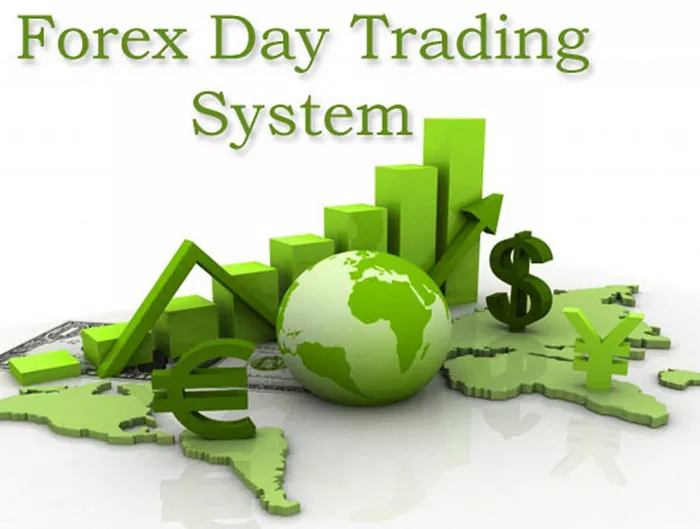This year, the agendas of both Donald Trump and Elon Musk have been tested by the market.
Amid the turmoil, the president has backed off some of his most controversial policies.
The same can be said of Musk, who said he was exiting DOGE after a tough quarter for Tesla.
President Donald Trump’s aggressive economic policies have been curbed so far in his tenure, not by Congress but by the market, and his turnaround in the face of wild swings suggests that stocks and bonds are acting as guardrails to his agenda.
This isn’t just a Trump problem. Markets appear to have weakened the president’s right-hand man’s political will to reshape government. Despite his far-reaching political ambitions and aggressive cost-cutting initiatives, Elon Musk announced this week that he would step down from the White House after months of slumping Tesla shares.
From Trump’s trade wars to his plans for the Federal Reserve, here’s how the market is shaping his agenda as his first 100 days in office draw to a close.
Trump’s ‘Liberation Day’ Tariffs
The announcement of sweeping U.S. tariffs on April 2 was followed by the worst two days of the stock market so far in 2020.
The violent sell-off continued into the following week, but it was the bond market that finally caught the administration’s attention. On April 8, the 10-year Treasury yield hit its highest level since January.
Trump’s U-turn: A week after the announcement, Trump reversed most of the “Liberation Day” tariffs, announcing a 90-day suspension of “reciprocal” tariffs while maintaining a 10% general tariff on most countries.
Trump personally gave his approval for the bond sell-off while speaking to reporters in the White House driveway.
“The bond market is very tricky. I’ve been watching it, but looking at it now, it’s beautiful. The bond market is great right now,” Trump said. “But I saw people a little bit uneasy last night.”
Market reaction: The day Trump suspended the trade war, the S&P 500 had its best one-day gain since 2008, surging 9.5%. The Nasdaq surged 12% at one point, and the Dow Jones Industrial Average rose nearly 3,000 points.
Trump attacks Fed Chairman Powell
What happened: Although Trump appointed Fed Chairman Jerome Powell in 2018, he made it clear that he was not happy with Powell’s performance.
The assessment has intensified in recent weeks as the president has escalated his criticism of Fed Chairman Jerome Powell for failing to lower interest rates. On Friday, White House economic adviser Kevin Hassett said the administration was exploring ways to fire Powell before his term ends in 2026. Trump called Powell a “big loser” in a post on Monday.
Stocks plunged on Monday as investors worried about the Fed’s independence. The S&P 500 fell 2.7%, the Dow fell nearly 1,000 points and the Nasdaq fell 2.6%. Meanwhile, the bond market continued to sell off, with shaken confidence in the U.S. economy pushing yields higher.
Trump’s U-turn: Trump said after Monday’s sell-off that he has no intention of firing Powell as Fed chairman.
“It’s a great time to cut rates,” he said. “If he doesn’t cut rates, is it over? No, it’s not. But the timing is good.”
Market reaction: After he walked back his comments, the S&P 500 rose more than 2% on Tuesday, bond yields retreated and the dollar stabilized after a long decline on U.S. risk-off trades.
China-U.S. Trade War
How it happened: Trump has raised tariffs on China despite halting the trade war with most countries.
The president raised tariffs on imports from the world’s second-largest economy to 145% and threatened to levy more tariffs if China retaliated. Undaunted, China raised its own tariffs to 125%.
As a result, and with the Fed under attack, investors’ outlook for the U.S. darkened, and the sell-off intensified as growth concerns grew.
Trump’s turnaround: Trump said Monday that his proposed 145% tariff on U.S. imports from China is “very high, but not that high,” adding that the tariffs would “come down a lot.”
On Tuesday, Trump said he would be “very friendly” to China in trade talks.
Elon Musk and DOGE
How it happened: Tesla shares suffered a sharp sell-off during Musk’s tenure in the White House DOGE office.
Investors have been worried for months that Musk’s political behavior would do untold damage to Tesla’s brand and drive away its most loyal customers.
Since its mid-December peak, the stock has fallen 44% as of the beginning of this week.
Musk’s turnaround: On Monday, Tesla’s CEO announced that he would withdraw from DOGE starting in May, addressing long-standing investor concerns that Musk is not spending enough time running his car company.
Market reaction: Tesla shares had fallen 53% from their all-time high in December, but have rebounded this week on the news. On Wednesday, the news of Musk’s departure overshadowed a dismal earnings report as investors digested the news, with shares rising 5%.
Trump is responding to the market
“There’s no doubt about it,” said Peter Berezin, chief global strategist at BCA Research, when asked if the market has been a guardrail for Trump. “If stocks fall too much, bond yields go up. That would moderate Trump’s behavior. But then, when stocks rebound and yields start to fall back, that could incentivize Trump to return to some of his more market-friendly policies.”
Pepperstone senior research strategist Michael Brown said the president was likely reacting to three pieces of economic data: a plunge in stock prices, a sell-off in bonds and a fall in the dollar.
“It all suggests that investor confidence in the U.S. and the Trump administration has dropped significantly,” Brown said. “I think that’s ultimately forcing him to walk back some of his rhetoric, especially on the Fed.”

































